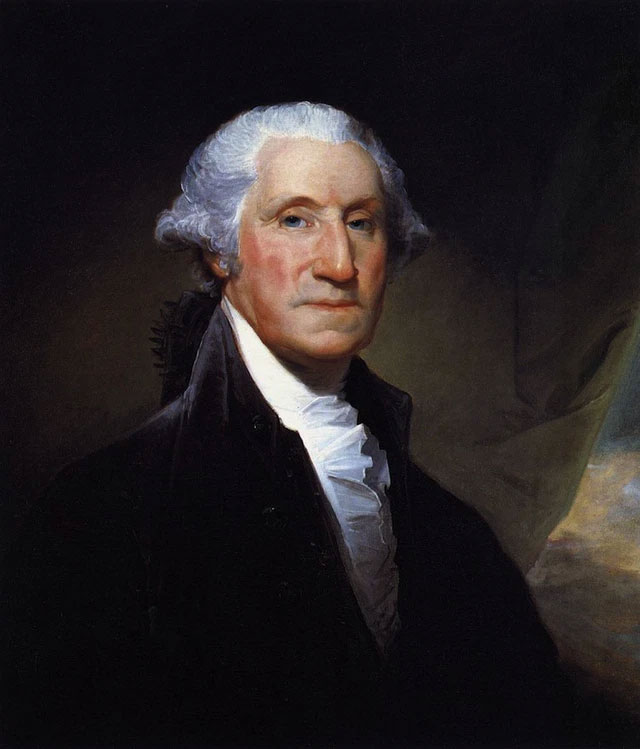Many things in the world have changed alongside technological and cultural advancements. Therefore, when looking back at history, you may find yourself somewhat confused and reluctant to accept the myths, legends, or information that people believed in, as well as how they dealt with complex issues.
Top 9 Incredible Historical Facts Not Everyone Knows
- People believed that lambs grew on trees
- It was thought that a woman’s uterus would fly out if she traveled by train
- Medieval Europeans believed that being touched by the king could cure diseases
- Miners brought canaries to test for toxic gases
- The British believed that spaghetti grew on trees
- Men used their hats as a secondary bag
- Ketchup was used as medicine
- The beard tax
- A president grew cannabis
People believed that lambs grew on trees

During the Middle Ages, it was believed that certain plants in Central Asia grew wool. This belief stemmed from a lack of understanding about the origins of cotton, with people far from Asia thinking it grew on plants. There were even discussions about whether sheep, in this case, should be considered a living creature or a fruit. Ultimately, it was concluded that it could be both.
This legend persisted for over a millennium, so convincingly that people even crafted trees with sheep on top for emperors to admire.
It was thought that a woman’s uterus would fly out if she traveled by train

Technological advancements could be quite frightening, especially in their early stages when many aspects of new inventions were still unknown. Thus, when trains were invented in the 19th century, it was rumored that a woman’s body was not designed to move at speeds of 80 km/h and that her uterus could even fly out. Of course, this never happened.
Medieval Europeans believed that being touched by the king could cure diseases

In ancient times, people believed in the divine power of royalty. During the Middle Ages, there was a popular tradition in England and France that if the king touched someone suffering from scrofula (lymphatic inflammation), it was believed they would be cured. The issue was that this disease was not fatal in most cases and would often heal on its own, further fueling the illusion that the king was the one who cured it.
Miners brought canaries to test for toxic gases

In the 20th century, miners shared the practice of bringing canaries into coal mines. The reason for this was simple: canaries are more sensitive to toxic gases than humans. Therefore, if something went wrong in the mine, the miners would immediately know by the bird’s reaction.
However, this did not mean that the bird had to die to warn the miners. The canary would be placed in a device connected to an oxygen tank. The way it worked was that when entering the mine, the device would be opened, and if the bird showed signs of gas poisoning, the miners would close the device. The oxygen tank would then start pumping air to revive the bird.
The British believed that spaghetti grew on trees

In the late 1950s, the BBC news program decided to use an April Fools’ joke about spaghetti growing on trees. The public ultimately took this joke as fact because, at the time, the British did not know much about spaghetti.
This legend was completely debunked, but it wasn’t until the 1960s that this dish became a popular choice for many people.
Men used their hats as a secondary bag

It turns out that hats were not just a fashion accessory. During the reign of Queen Victoria in the 19th century, men in England used their hats as a spacious space to store items. This could include papers, flowers, or other small objects.
Ketchup was used as medicine

When ketchup was first invented in the 19th century, its original recipe included only mushrooms and fish. However, Dr. John Cook Bennett suggested using tomatoes in it, and the sauce evolved into what we know today. Initially, people believed that ketchup could cure various ailments, such as diarrhea and indigestion. It was even sold in pill form.
This legend was debunked when fraudsters began selling their versions of ketchup, claiming they could work wonders.
The beard tax

This tax was introduced in England by King Henry VIII in 1535.
At one time in Europe and America, growing or keeping a beard became something that society frowned upon. This was so prevalent that two different countries even penalized and taxed those who deliberately grew beards. The first was England in 1535 when King Henry VIII introduced a special beard tax, which would vary depending on the social status of the bearded individual.
This was continued by his daughter, Elizabeth, who taxed anyone with a beard growing for more than two weeks. The second beard tax was implemented by Tsar Peter the Great in 1705 in Russia, who sought to modernize Russian men based on European practices. He believed that the popularity of the Russian-style beard was a sign of the country’s stagnation and conservatism. Russians were even required to carry tokens to prove they had paid the tax.
A president grew cannabis

George Washington was a strong advocate for cannabis use during his presidency.
The first president of the United States, George Washington, was initially a farmer who grew cannabis and later became a strong advocate for its use during his presidency. He owned a farm in Virginia that cultivated hemp, where he also traded seeds and crops with other farmers.
However, at that time, cannabis was primarily grown for its industrial value as hemp for ropes and fabrics, and for its value as a soil stabilizer. It would be many years before the recreational and medicinal use of cannabis, as well as its illegality, became popular.


















































